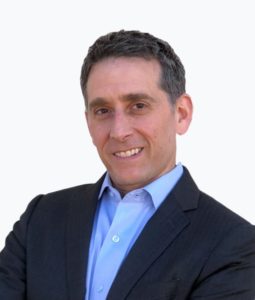Through the pandemic, in 2020, I found that many people simply either slowed down or stopped moving for the most part – they simply stopped exercising. 
Circulation
Lately and during the last year, many of us have had to give up much of the movement we were used to: movement around town in our cars, walking into town or perhaps flying to a different part of the world. COVID-19 happened and we all slowed down and stopped moving as much. Many of us became more fatigued, and then when we went to move again, we found that we lost motivation or perhaps were simply just not as interested in moving or exercising as much as we were before our nation’s health crisis. Movement of muscle, of bones, of the entire human organism is important to keep things flowing; otherwise, as we become more sedentary, our blood becomes more sluggish. Sluggish blood, although not a true medical term, can lead to what some refer to as “stickier blood,” which, in medical terms, means hypercoagulable. Those in a hypercoagulable state are certainly at risk for a blood clot, which often begins in the lower parts of the legs. This is also a way of saying that someone is inflamed or has a lot of inflammation in their body. Thus, proper movement is a way to reduce inflammation and keep nutrients flowing to the tissues.
Oxygen Dynamics
We could not have a discussion about inflammation and blood flow without talking about oxygen dynamics. In order to continue living, we must breathe in oxygen and out carbon dioxide. As a reminder, plants do the opposite – one of the many reasons we get along so well with plants. As we breathe in the oxygen, it becomes transferred through several different membranes and ultimately into a red blood cell, which then has the responsibility of delivering the oxygen to every cell of the body. Without proper movement, the blood is sluggish and the oxygen is not delivered efficiently. What then? Well, if a cell is deprived of oxygen, it shifts its metabolic machinery to accommodate its less-preferred environment. When this happens, we get symptoms such as headache, shortness of breath and pain. If this becomes chronic, we may move into a disease state, which is represented differently depending on the situation, circumstance, diet, sleep patterns and hydration state, among other health variables.
How Much Movement?
People move differently; some jump, some run, some walk and others prefer to swim. Babies crawl and the older we get, the less we tend to move. Some people enjoy moving more than others and some need quick movements (like basketball), while others prefer longer, slower movements (like yoga). Some prefer exercise and some prefer what we refer to as non-exercise movement (parking far away, taking the stairs not the elevator, gardening). The important part is to do something every day, in some way. Through the pandemic, in 2020, I found that many people simply either slowed down or stopped moving for the most part – they simply stopped exercising. Then, I saw that people’s lab tests, as a result, were changing. Further, they started to eat differently and they became more fatigued. In fact, many people did not leave their dwellings for weeks at a time, and as that happened, their bodies and systems became more sluggish.
It is important to remember to move, even if you stand watching TV and spread your arms wide and do 50 arm circles. Or, maybe while you are talking with your spouse in the living room, you do a plank, or even some squats or toe raises or jumping jacks – even just five at a time. The point is that you do something in terms of exercise-based movement. Many people have physical limitations because of medical conditions; some people cannot stand up without assistance. In such a case, I would most likely recommend intentional movement of their arms, even raising and lowering the arms 10 times in a row, as fast or slowly as they can, and repeat that set three times – and do that three to 10 times per day. Then, with assistance, stand up and sit down five times each day. Along with the proper nutrition, that person will become stronger, and eventually be able to move more.
The point is that we all need to move – life depends on it – but, as usual, we are all always in unique situations. FBN
By Dan Rubin, N.D., FABNO
Dan Rubin, ND, FABNO, is founding president of the Oncology Association of Naturopathic Physicians. He is the co-founder of Aspen Integrative Medical Center in Flagstaff and medical director of Naturopathic Specialists, LLC, in Scottsdale.





